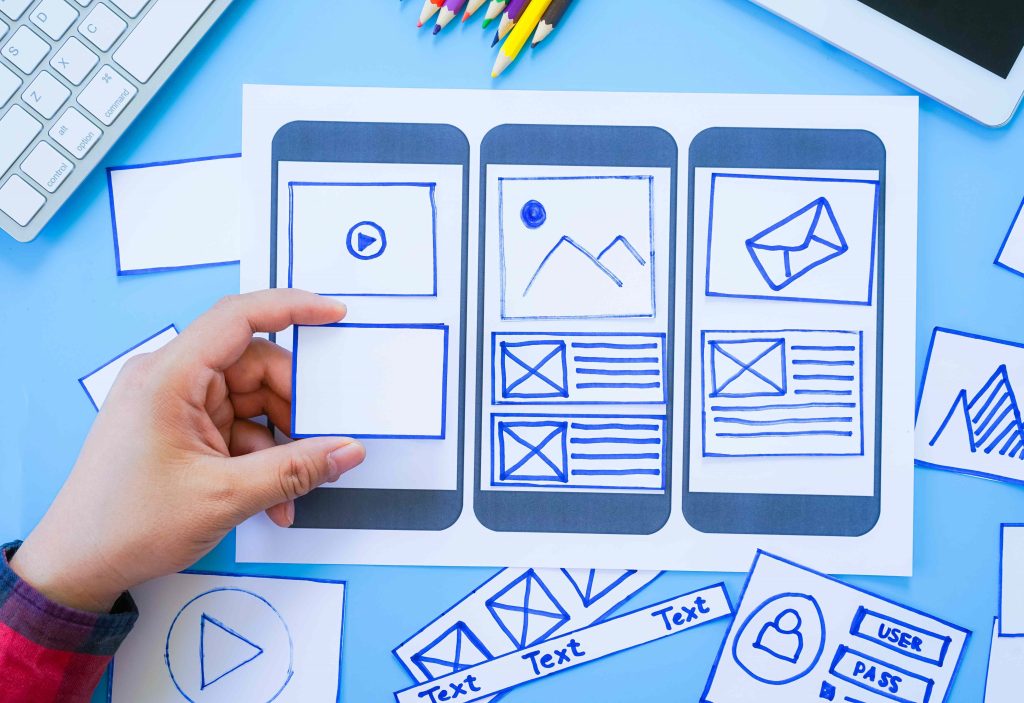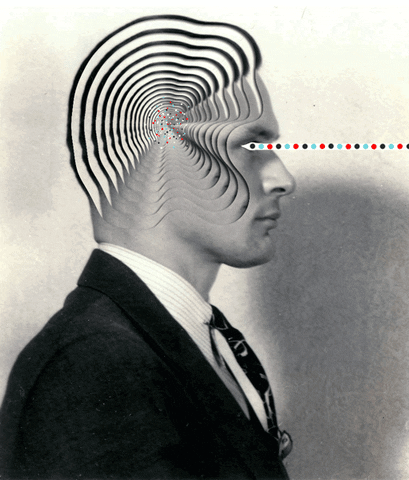Importance of User Experience (UX) Design for Early-Stage Startups
Have you ever wondered why some startups skyrocket to success, while others fail to retain even their early adopters? It’s tempting to think that the difference is only the product idea itself. But in my years as a Product Designer, I’ve noticed that, more often than not, the real game-changer is a well-crafted user experience. Stick with me, and I promise you’ll walk away with a deeper appreciation for the role of UX in your startup’s journey, and more importantly, actionable insights on how to harness its potential.
Why Does UX Matter for Startups?
- First Impressions Last: Users take mere seconds to form an opinion about your app or website. A seamless, intuitive experience can mean the difference between a lifelong user and one who bounces, never to return. For early-stage startups, every user counts, and thus, investing in UX ensures you’re making the best first impression.
BM Insight: As our Chief Experience Officer said, compelling and intuitive design can spell the difference between a fleeting visit and a lasting customer relationship. At BrightMarbles Group, we take this to heart, crafting experiences that are as functional as they are beautiful. Our design team adopts a user-centric approach, balancing aesthetics with simplicity and functionality. Learn how we empower brands through the BrightMarbles Approach.
- Reduce Development Costs: I’ve seen startups go back to the drawing board, reworking entire sections of their product because users couldn’t understand or navigate them. Quality UX design at the outset can significantly reduce the need for these costly revisions.
- Drive Growth Through Referrals: Satisfied users don’t just stick around – they become brand ambassadors. If users love the experience your product offers, they’re more likely to recommend it. Word-of-mouth, fueled by a delightful UX, can be a potent growth driver for startups.
Common Misconceptions About UX for Startups

- “We Can Focus on UX Later”: Many founders believe that UX is a luxury that can be delayed until after gaining some traction. But remember, to gain and maintain that initial traction, a stellar user experience is paramount. Postponing UX can often mean losing out on the early adopters who can champion your product.
- “Any Designer Can Handle UX”: While any designer can make your product look good, not all can craft an experience that feels good. Specialized UX designers have honed skills in understanding user behavior and psychology. Their expertise is crucial.
- “UX is Just About Aesthetics”: Far from it. A beautiful interface might attract users, but if they find it confusing or cumbersome, they won’t stick around. UX is about understanding the user’s journey, needs, and pain points and then crafting a holistic experience that addresses them.
UX Tips for Startups on a Budget
- User Testing: This doesn’t have to be costly. Even asking friends or family to use your product and provide feedback can offer invaluable insights.
- Use Prototyping Tools: Before diving into development, use tools like Figma to prototype your product. It allows for rapid iterations based on feedback without the high cost of coding changes.
- Stay Updated with UX Trends: The world of UX is always evolving. Platforms like Behance or Dribbble can provide inspiration and insights into the latest design trends.
Wrapping Up
If there’s one thing I want you to take away from this, it’s that investing in UX is about crafting an experience that resonates with users, turning them from casual browsers into passionate advocates.
As a startup founder, you have a vision for what your product can achieve. Make sure your users can see that vision as clearly as you do by delivering a user experience that speaks volumes. Because, at the end of the day, a product that’s built for its users is one that’s destined to succeed.
So, are you ready to prioritize UX in your startup journey? The road to success starts with a single step, or in this case, a single swipe, click, or tap. Let’s make sure it’s a memorable one.






Comments16
Lorem ipsum dolor sit amet, consectetur adipisicing elit. Ipsa iste inventore rem Community Guidelines.
by Simon & Garfunkel
by Simon & Garfunkel
by Simon & Garfunkel
by Simon & Garfunkel